English Dub Season Review: Tokyo Ghoul: Re: Part One
Ken Kaneki isn’t himself anymore, but that doesn’t mean the death has come to an end.
Overview (No Spoilers)
It’s been three years since the Anteiku raid. The CCG has a new weapon in their war against the ghouls: Quinxes. These soldiers have kagune implanted in their bodies, separated by a frame made of quinque steel. This frame prevents them from becoming half-ghouls like Kaneki did, but still grants them the regenerative and offensive capabilities of ghouls. The CCG produced a small squad of them, but are still unsure how trustworthy they are. Still, the team takes assignments where humans can’t go.
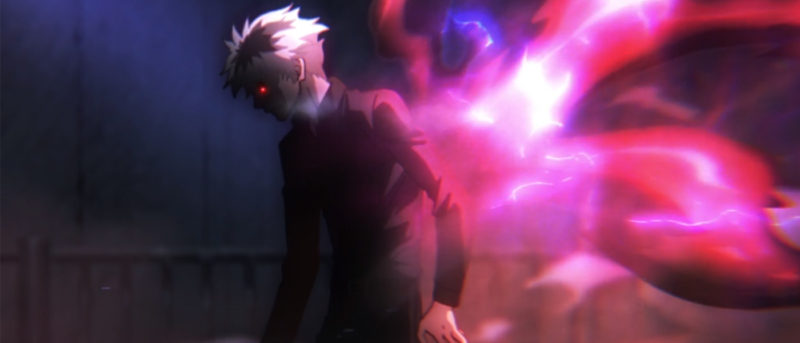
However, team mentor Haise Sasaki has a bit of an issue. He can’t remember anything of his past before joining the CCG under the watchful eye of Arima. Using his kagune causes flashes of an internal persona that wants to be let out. A persona that resembles the vanished Ken Kaneki. Clues begin to trickle in, pushing him to discover more about the Eyepatch ghoul. While he attempts to investigate, his team has to suss out issues of their own.
The field leader, Kuki Urie, is a glory hog that doesn’t have enough concern for his team. Ginshi Shirazu is a deep feeler. He cares much more about his peers, but this also gets in the way of hunting ghouls and using their kagune as quinque. Tooru Mutsuki is a frail, kindhearted, and shy person. Though good at tracking ghouls down, he’s not much of a fighter… at first. Then, we have Saiko Yonebaiyoshi. Lazy, anti-social, and childish, Saiko is less than willing to join the team on missions. While this goes on, Aogiri Tree continues its machinations, and elements within the CCG make bold and unethical moves to exterminate them and other prominent ghouls in Tokyo.
Our Take (Sorry, some spoilers)
When this show first came on my plate, I had reservations. I hadn’t seen the first two seasons, except for some bits on Adult Swim. It looked like a bloody gore-fest without any writing chops. I. Was. Wrong. The characters have depth, and while the powers of the ghouls are broad and ill-defined, they don’t ever feel over-the-top. I chewed through the first two seasons in no time, attracted to the psychological aspects. At first, the story presented this as Ken working through being a human-turned-monster, having to accept both sides of his nature. This has been done before, with a superpowered character representing his power source as a separate person in his mindspace. As the series progressed, his personality and background played a stronger role in his interactions with this construct. In the second season, he came to accept this side, but his own mind was less than healthy.
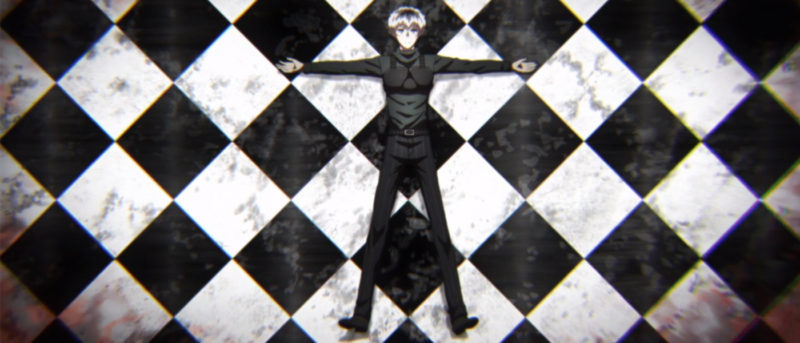
This season, however, we see Kaneki take a back seat to a new construct in the form of Sasaki. He’s kinder, gentler, more like how he began. But, he still retains the ability to murder things in the face. His story was meandering, discovering, prodding, until he came to truly understand it in the end. In previous seasons, he resisted this mind within him. Here, he moves from denial to curiosity. It’s a welcome change to the brooding mess that he had become in the second season. This season had more heart because of that. Well, that and Shirazu.
While I found Urie and Saiko a bit boring early on, the other two members of the team held my interest due to their complexity. Shirazu started off as an oafish goon. The events of the series tempers him into the strong leader he needed to become, all while making him all the more endearing. They tied his problems with his quinque in with his impetus for becoming a Quinx in a small and subtle way, and it made him all the more human. Mutsuki’s whole story was slow and subtle, and it didn’t get revealed until quite late what the issue was with him. The characters on the whole felt deeper and more real than many other anime lately.
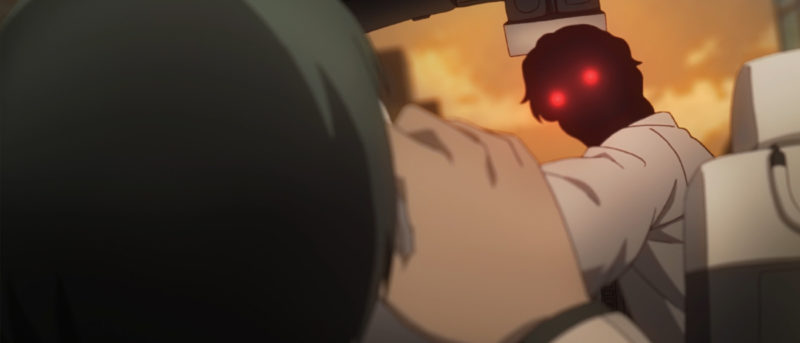
Most people, however, don’t come to this anime looking for deep, psychological, character building. They come for the violence, and this series supplies. There are at two big battles in the season, each a two-parter. They have creative cinematography with incredible angles, which makes up for the lack of speed in the fights. This isn’t martial arts combat, it’s a bunch of weirdos with weapons and gross body-part powers slugging it out. The fights are slower, a bit more tactical, but no less intense. While occasionally the animation quality dips, on average it’s far better than what I’ve been seeing.
The voice acting hasn’t been anything I was all that enthused by. It wasn’t bad at all. The characters were believable, but it felt like it took the voice actors a bit to truly settle into the characters’ heads. Once they got there, watch out! Daman Mills makes Shirazu’s last few scenes in the show potent. I still feel the impact of the scene. However, early on, the characters felt a slight bit… emotionless. Many of them are supposed to be subtle, even-keeled people, and the voice actors seemed to struggle with it.
How to Watch
Oh, man. Binge this business. Beer and popcorn, baby. Maybe some Chinese food. Yeah, I always felt like some sweet and sour when I watched this show.
Score
Summary
This show was consistently good. Almost all of the episodes got an eight or nine. Two of them got a nine-and-a-half! That's kind of a rarity. Therefore, I'd like to pump up the average and give it nine bloody corpses out of ten.
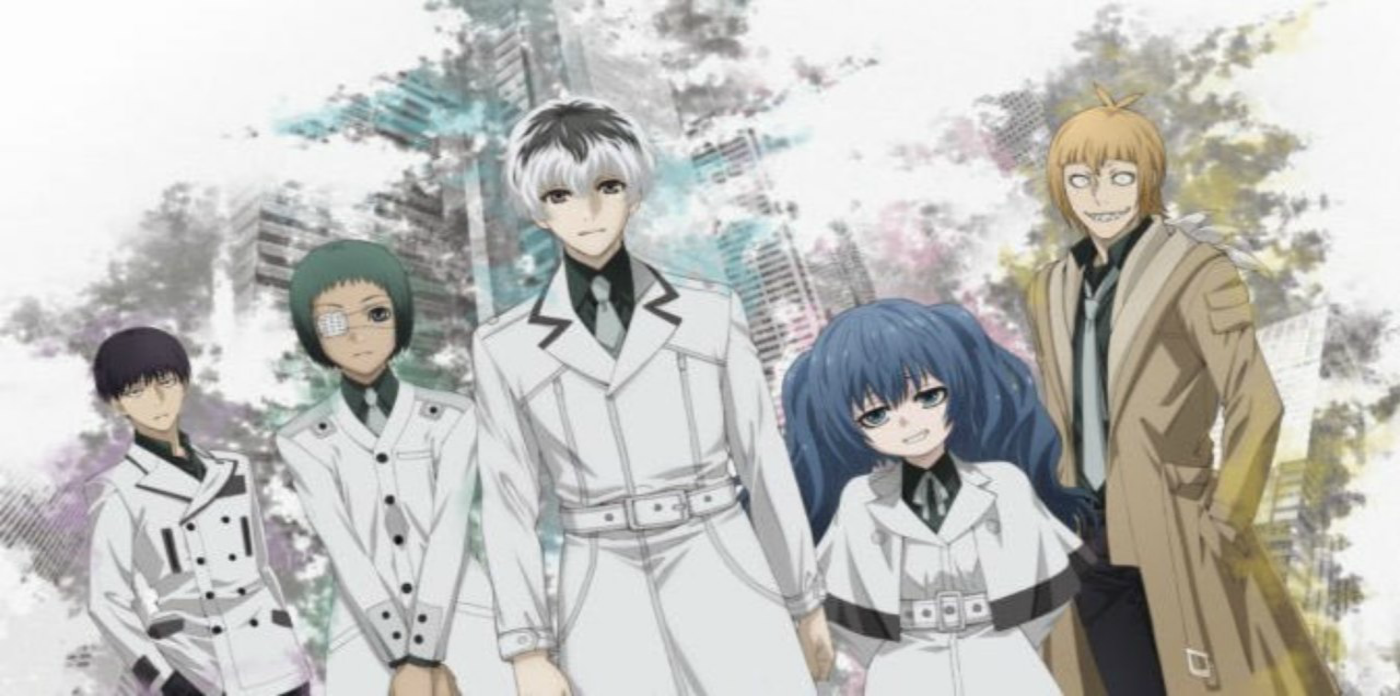
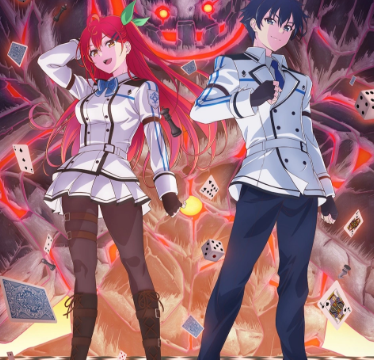
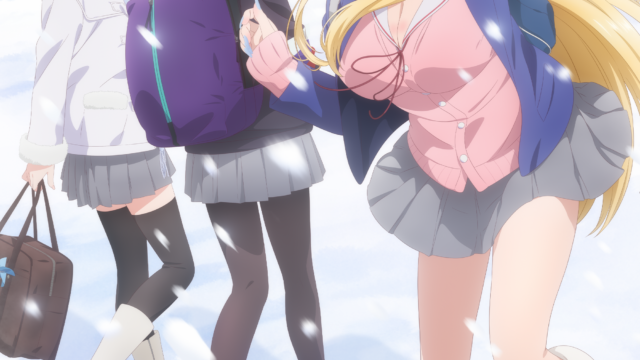
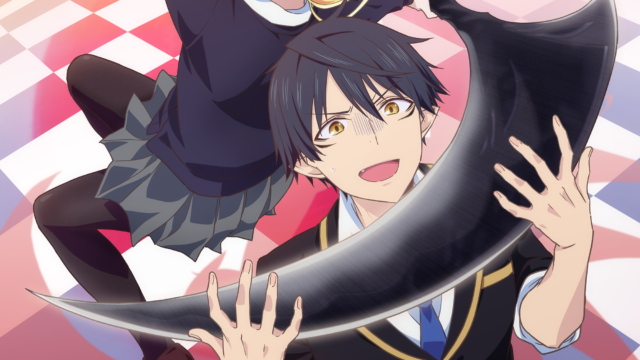
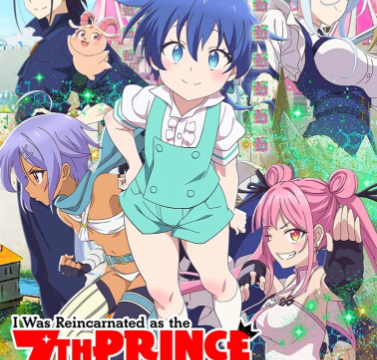
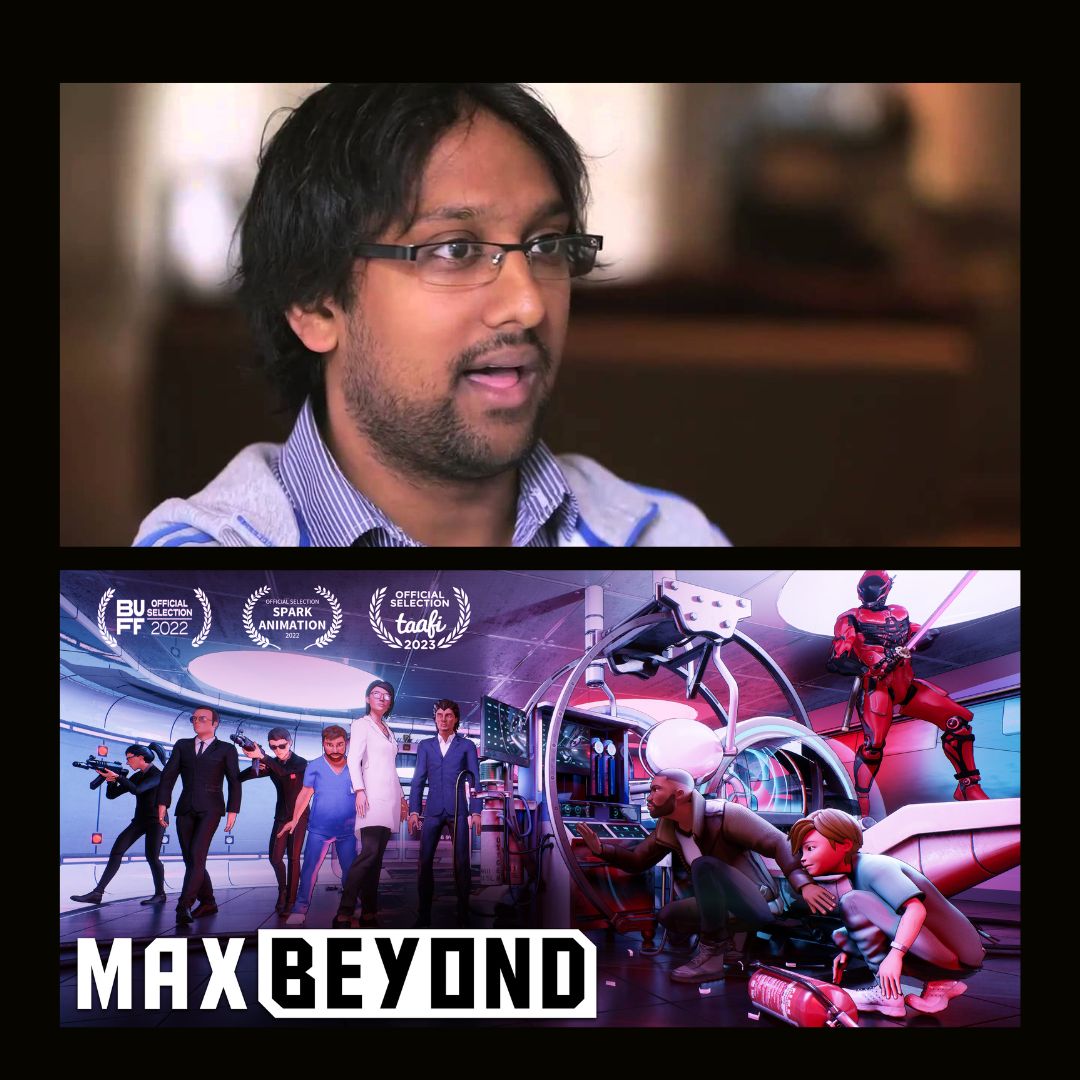

















Hi Ashley, thank you so much for reading and we love the feedback. Note that on that day we had 14th posts go up and only ten posts show on the front page, so it's possible the preview had already been archived by the time you got to it. One recommendation would be to add our RSS feed to your favorite news aggregator service like Feedly, this way you get all of the latest posts!